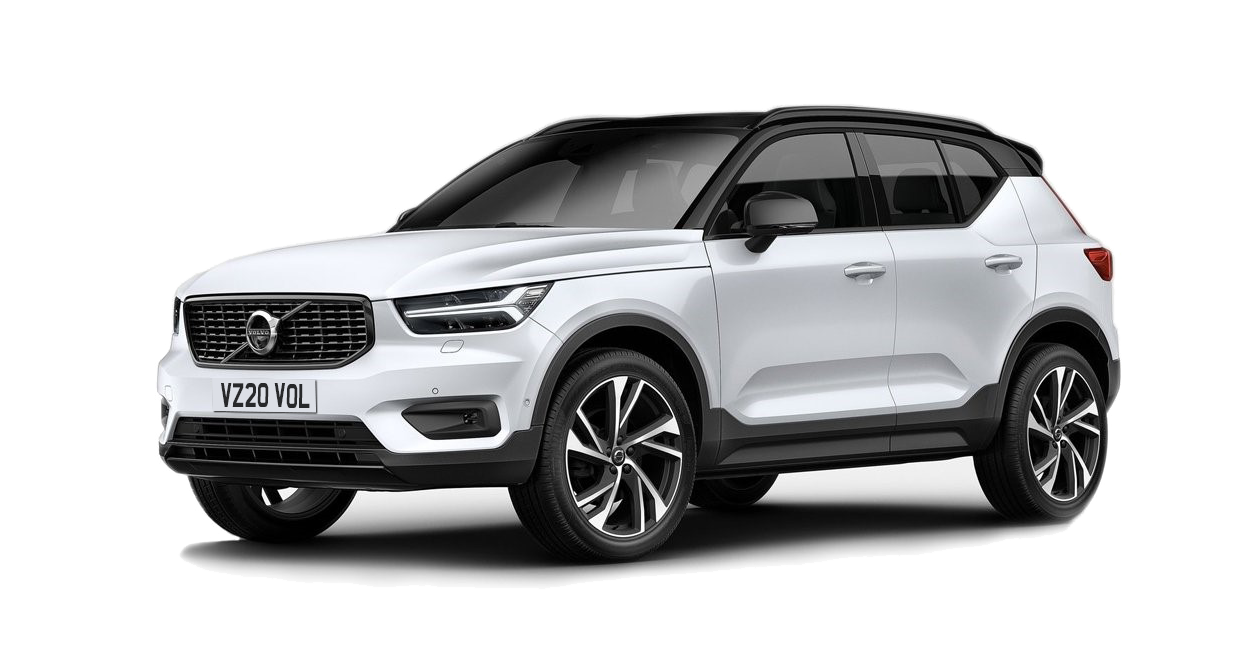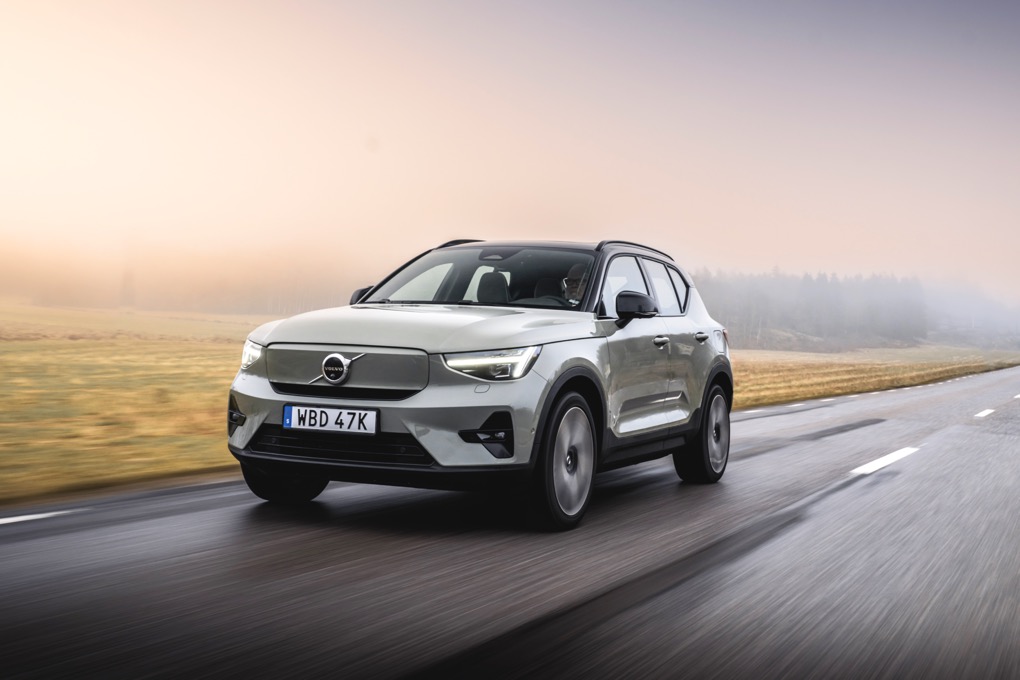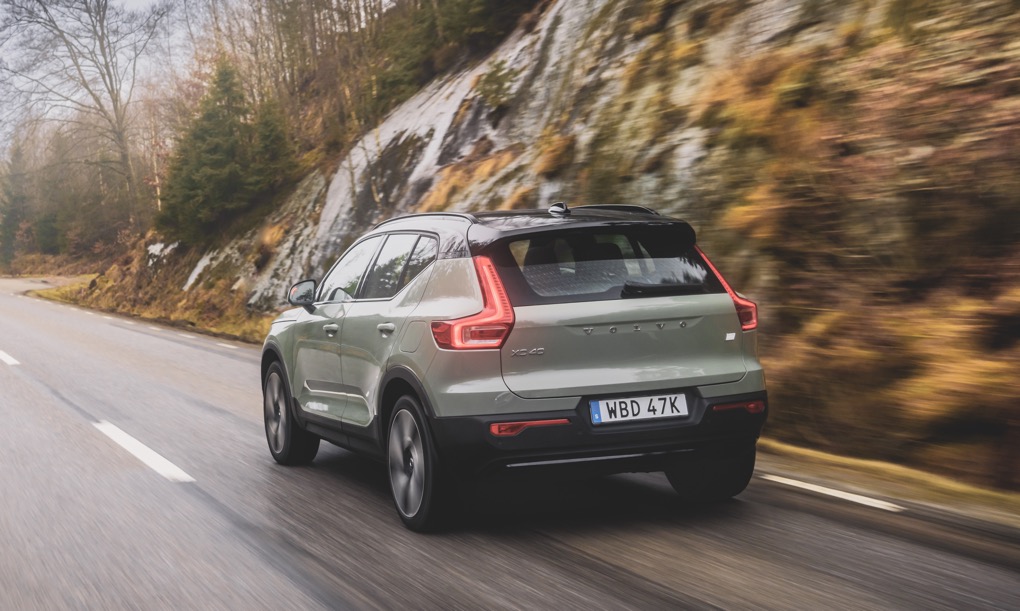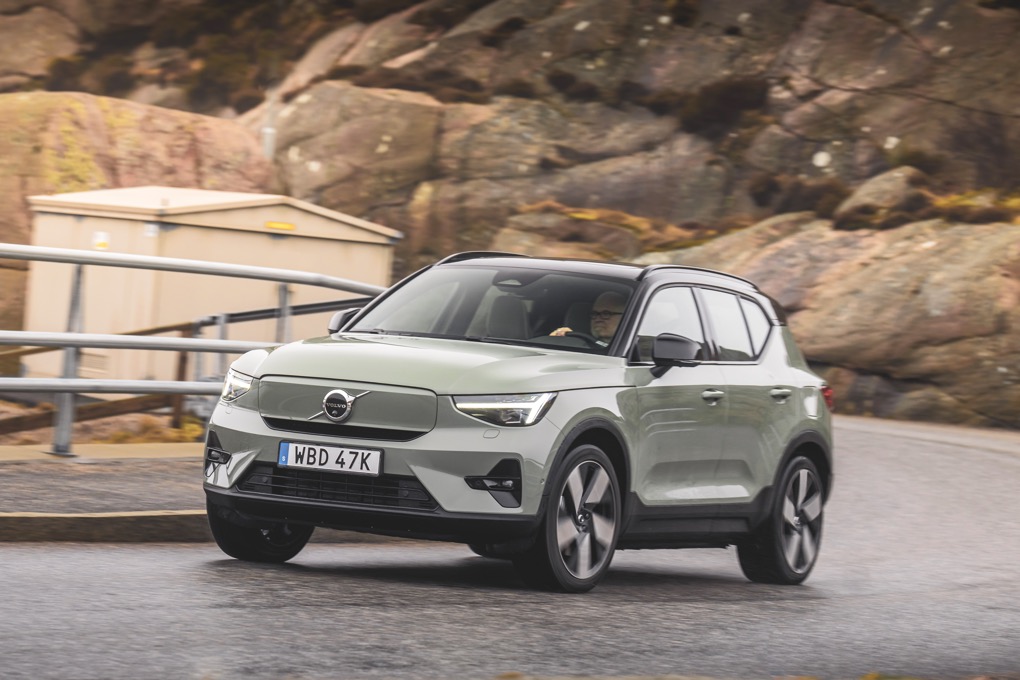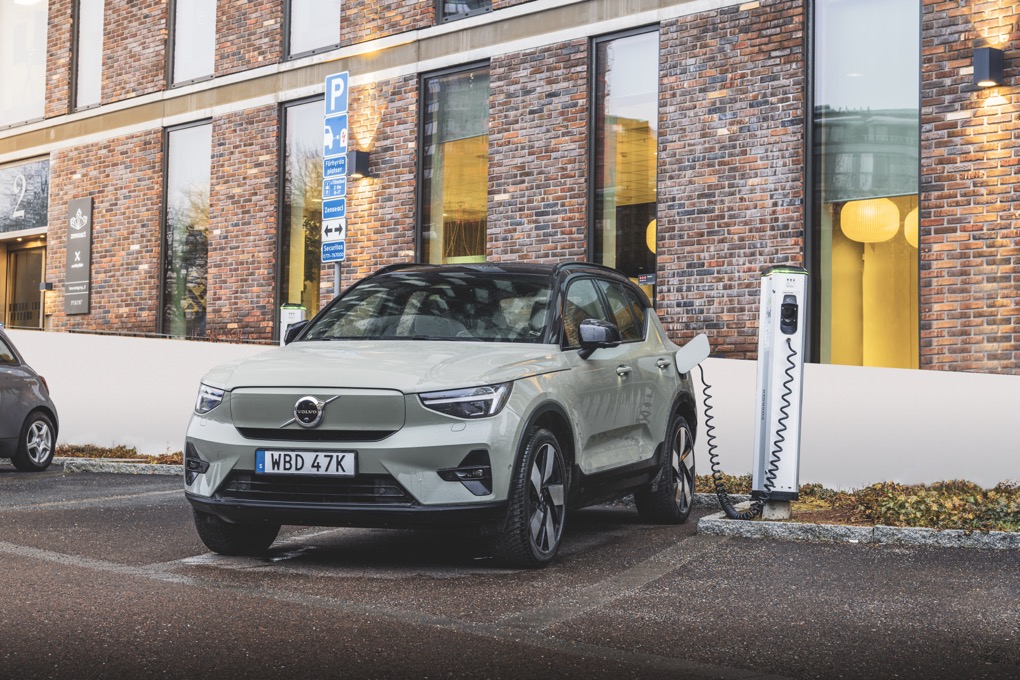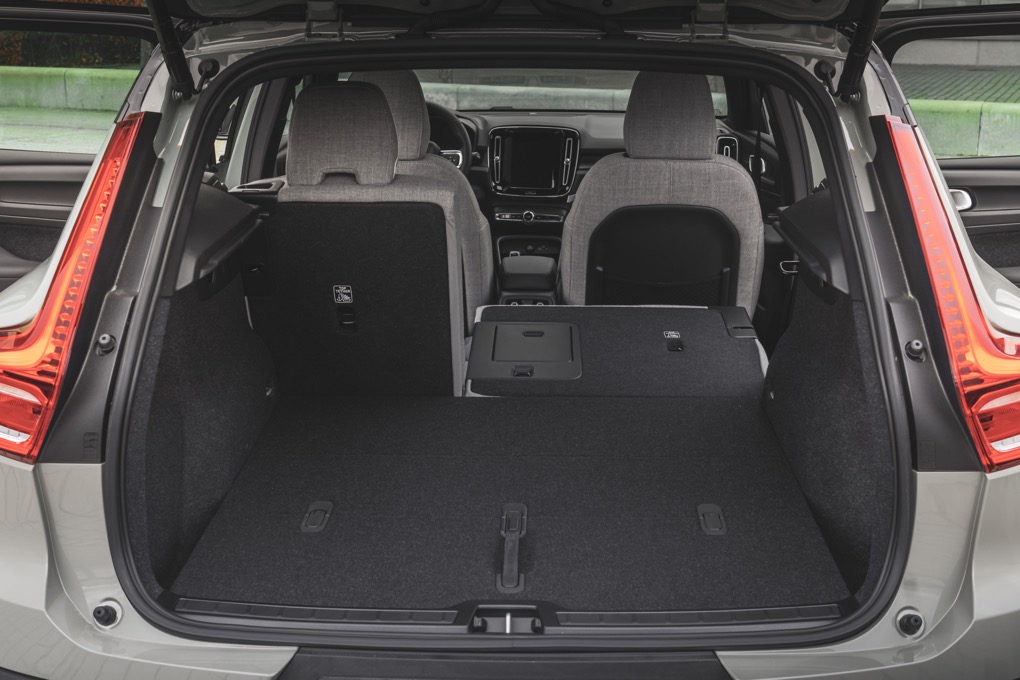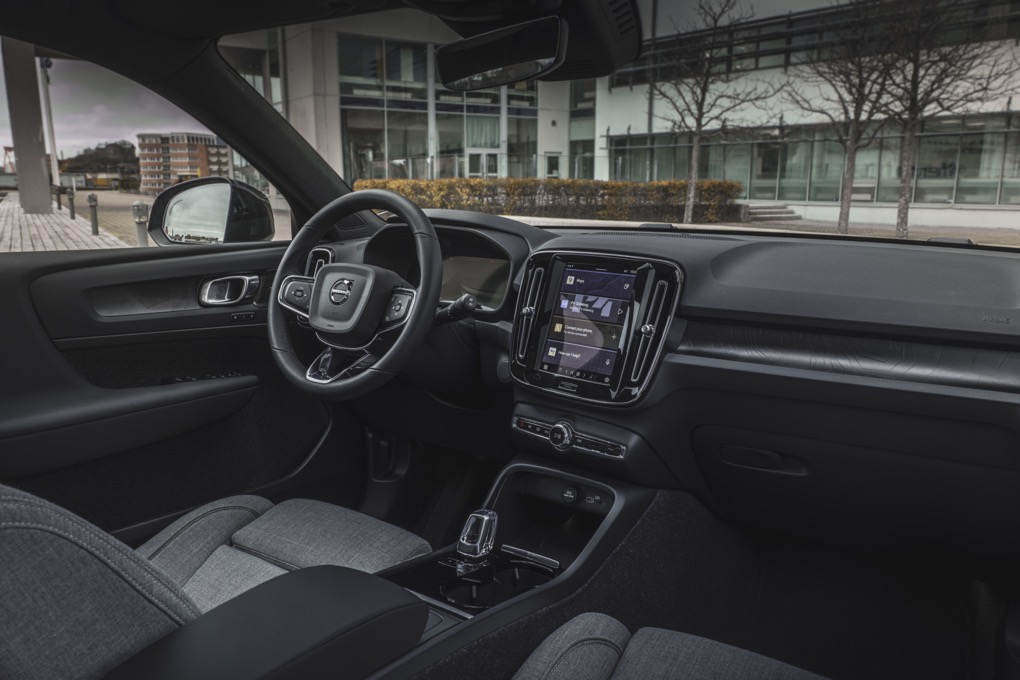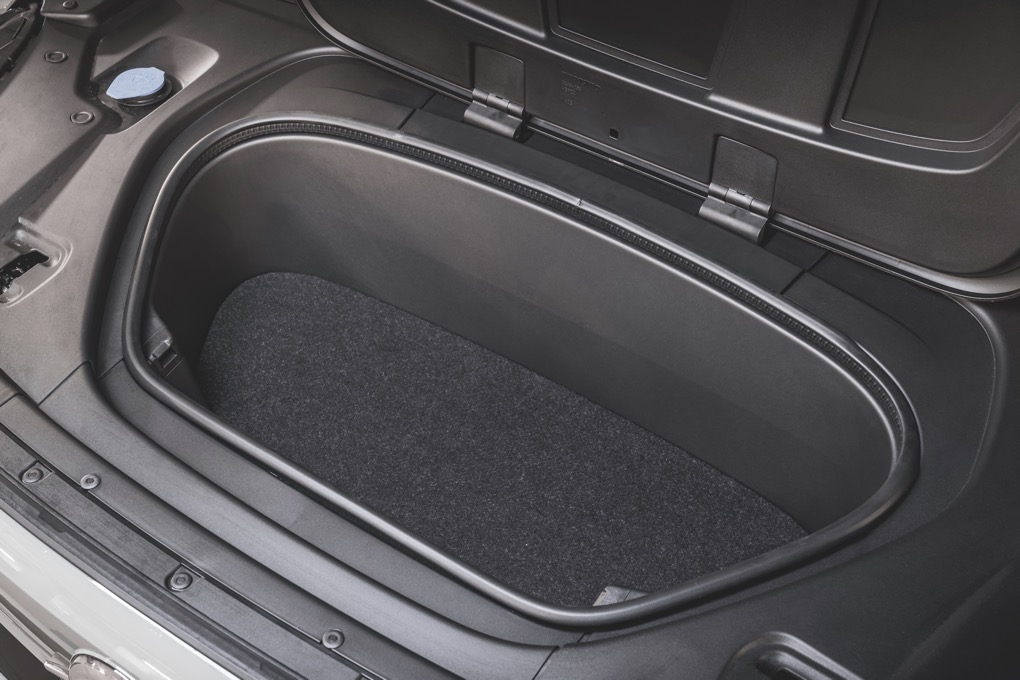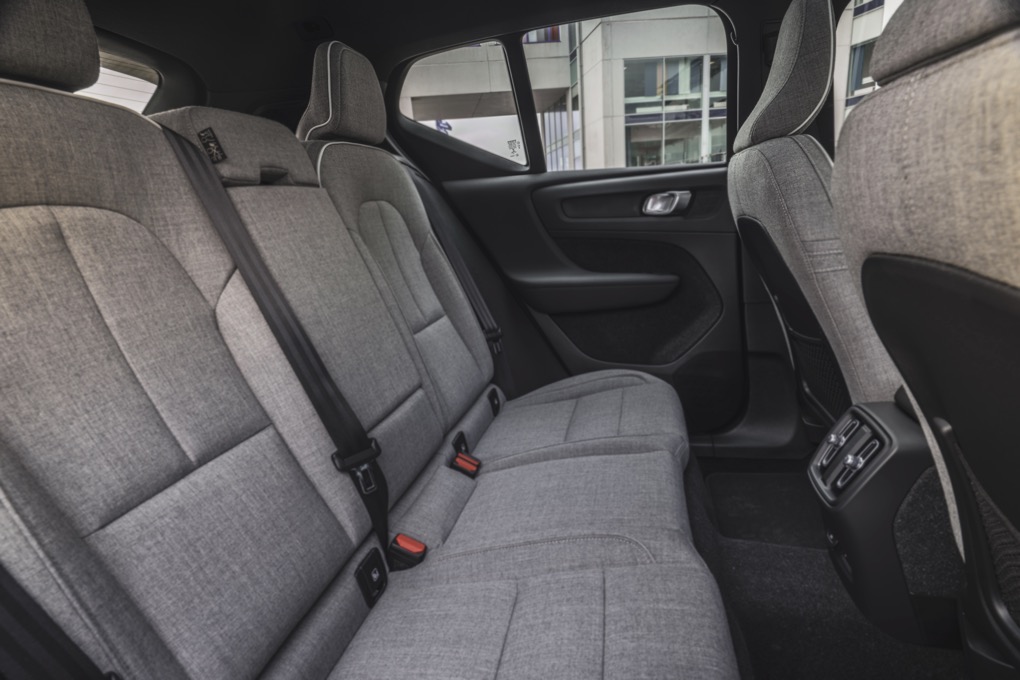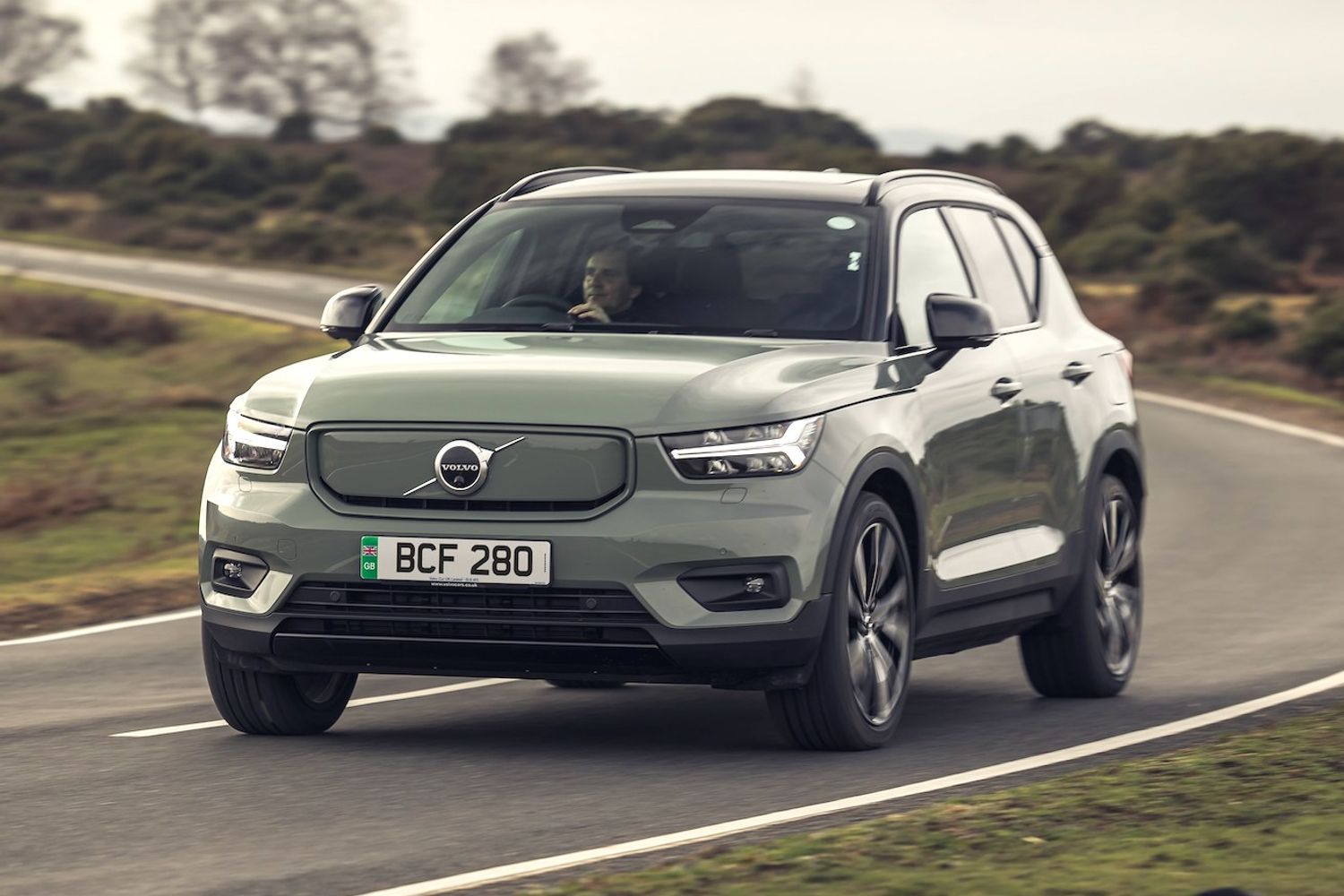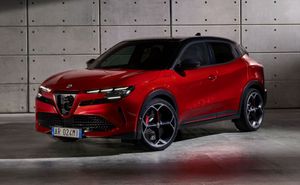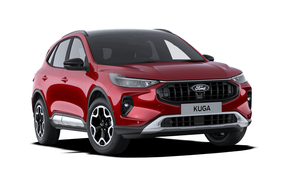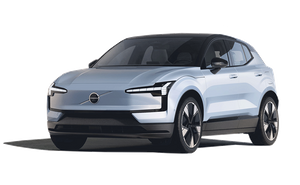Volvo went a little ‘go hard or go home’ when the car launched, releasing it in 402bhp dual-motor spec with large wheels on its early trim levels. It’s not the only electric car that’s punched a bit too heftily – surely an inevitable response to the success of Tesla and its headline performance figures – but we always suspected the XC40 would feel more at home with less power and fuss.
And lo and behold, that’s what Volvo now offers. It’s also recently applied some ‘model year 2024’ updates across the whole range, effectively a heavy mid-life facelift. So heavy that they’ve switched the more likeable single-motor car from front- to rear-wheel drive. In most other cars, this would constitute madness. Porsche launching a front-driven Boxster or Volkswagen making a rear-driven Golf would blow the minds of car enthusiasts far and wide. But in an electric SUV it’s not such a huge deal.
Switching the motor from front to back is much less of a manufacturing headache and given the layers of safety systems we’re used to these cars possessing – borderline essential with heaps of instant torque for the tyres to manage – it’s not like the XC40 has become an overnight drift machine. However much the engineers’ eyes sparkle when you draw parallels with Volvo’s RWD past in conversation with them…
Battery, range and charging
The switch to rear-drive has been in the name of efficiency. Both for the car itself and Volvo’s wider picture, as the new rear-mounted motor has been designed and developed in-house to sharpen up the production process. The headline for buyers like us is that range and efficiency figures have improved for both single- and dual-motor versions.
The base, rear-driven XC40 Recharge pairs a 69kWh battery (67kWh usable) with a 235bhp motor for up to 290 miles of range, an improvement from the 264 miles of the FWD car it supersedes. Efficiency is also better, up from a claimed 3.4 to 3.7 miles/kWh. It will accept 130kW charging for a boost from 10 to 80 per cent in 34 minutes.
The dual-motor, all-wheel-drive XC40 Recharge Twin also continues service with a new motor on the rear and a refreshed battery. It pairs 402bhp performance to 82kWh power (79kWh usable) for a claimed 334 miles (up from 270) and 3.5 miles/kWh (an improvement on 3.0). It can charge at a higher rate, accepting up to 200kW for a 10 to 80 per cent boost in 28 minutes.
Design
Volvo hasn’t fiddled with the XC40 too much for its mid-life refresh. If looks are your big priority, there’s a fastback C40 version that sacrifices a bit of interior space for exterior style. It costs a couple of grand more than its equivalent XC, but actually ekes out a little more range with its more aerodynamic shape.
Either model eschews the aggression of its rivals for a softer-edged, calmer look, which we really like. And the calm continues inside, too. A large portrait touchscreen contains most functions but operates smoothly and intuitively, especially if you use its voice control. It’s not as domineering or distracting as a Tesla’s screen and feels slicker as a result. And Volvo now displays both battery percentage and remaining range in the digital instrument panel. Common sense prevails!
It’s an interior that feels quite minimalist, with no drive mode switches (betraying the fact there are no drive modes…) and no starter button, either. You simply get in the car, toggle its neat little gear selector into D, and go. It can take a little acclimatisation if this is your first foray into electric cars but you’ll soon adjust.
The materials are pleasing, too. That gear selector is a delectable glass design on higher trim levels while the materials inside are cloth and fabric rather than traditional leather. It looks and feels better while setting a more sustainable tone.
There’s also plenty of space while rear passengers get USB-C ports to charge their devices. The C40 slices away some headroom but will still accommodate most adults. And the boot space in both cars is about on par for this class, maxing out at 578/1328 litres with the rear seats up/down in the XC40.
Driving
Any excitement surrounding the first rear-driven Volvo in a quarter of a century is short-lived. However urgent the delivery of its electric motor, this is no sports car in disguise. If you really dig into its grip, you’ll get a slight sensation of being pushed out of corners rather than pulled. But it’s no stronger here than in a Volkswagen ID product with a similar layout.
Which is, of course, very well-judged for the task at hand. We found early XC40 Recharge Twins felt a touch too boisterous for family transport, so a calmer manner and smoother handling are spot on for a plug-in SUV. And in single-motor guise that feeling peaks. Within all speed limits it feels nearly as urgent as its AWD sibling and it’s only with sustained acceleration that you’ll notice the gulf its 7.4sec 0-62mph time (versus the Recharge Twin’s 4.9sec) might imply.
The dual-motor XC40 often feels too quick for the task at hand, its peak power bordering on the cartoonish in a tall family car. Its power is managed admirably, mind, and with 50:50 weight distribution, the handling is neat. There’s nothing to truly complain about. But you’ll be just as well served with more modest performance, the only great shame being that the UK market won’t get to pair the pure rear-drive with the larger 82kWh battery for what would surely be a ‘just right’ XC40 Recharge in the middle of the range. If you’ve got ample opportunities to charge, though, the gap in range figure and charging speed between the two available models shouldn’t be too crucial.
With no drive modes, you just get in the XC40 and go. But there are two options, switchable via a sub-menu on the central screen. One firms up the steering and feels a bit frivolous, while the other switches on one-pedal driving. There’s no option to cycle through several levels of brake regen here – it’s simply on or off. And boy is it strong when it’s switched on; pulling away from a standstill requires an inch more throttle than you might expect in order to overcome it, which in the Recharge Twin can lead to some overly keen standing starts. Again, though, you’ll adjust. Driving an EV without regen always feels a little wasteful.
Ride quality is better if you stick with the standard 19-inch rather than the optional 20-inch alloys, though they’re standard on the (pricey) Ultimate trim level. There’s still a firm edge to the XC40’s ride, but probably no worse than its swathe of rivals also trying to keep two tonnes of battery-laden crossover neatly in control. There’s also a bit of tyre noise on rougher roads, another quirk afflicting a lot of EVs and a by-product of losing the sound of a traditional engine. However at most cruising speeds this car’s cabin proved peaceful enough to hear our own watch tick.
Verdict
Consider this a usefully improved product on our first taste all those years ago. The XC40 looks cool, calm and unthreatening and provides the electric SUV market with a softer edged competitor. An approach that’s broadly reflected in its driving experience, too, chiefly if you opt for the more modest performance of the single-motor car.
It’s cheaper, simpler to drive smoothly and only truly lags behind its more powerful sibling in on-paper stats and fully charged range. We’d advise checking out a few competitors before taking the plunge, particularly Korean ones; a Hyundai Ioniq 5 or Kia EV6 offers similar performance and range with quicker charging, albeit edgier looks. This is a market burgeoning with diverse options, whichever way you cut it, and the updated XC40 is certainly worth a look.





.png)




